This article is a follow up on the worldview on urban nature that illustrated the fragmentation of urban natural landscapes. The aim of this article is to take the discourse further by assessing possible approaches for appropriate mixes of built up form and nature that can be integrated through reconfiguring urban landscapes. The proposed approaches for a mosaic of urban form are not intended to provide detail of urban form but an overview of issues necessary for configuring urban landscapes that have high biodiversity.
With examples from several cities across East and West Africa, it is recognized that there is no framework for analysis and planning to integrate natural resource management in sustainable urban development (Lwasa, 2014). Contemporary planning frameworks continue to treat ecological zones that are separated from other land uses. Some ecological zones like wetlands have only recently been recognized and conserved for their ecological services and economic benefits. Thus, urban ecological zones in cities of Kampala, Nairobi, Ibadan, Addis Ababa, Dar es Salaam have been conserved through ad hoc interventions by individuals, organizations and municipalities often driven through landscaping for ‘beautification’ or legally binding requirements of RMSAR convention (Shaheen et al., 2010). Experience shows multi-level practices involving multiple actors from community to city-scales. Yet cities are now increasingly realizing the need for enhancing ecosystem services from within to reduce on ecological footprints in hinterlands (Lwasa et al., 2013). This is due to the shear increase in population and degradation of the ecosystem services coupled with heightened drive for local ecosystem services enhancement.
Fragmented landscapes
In my last contribution which talked about the worldview of urban nature, the importance of rethinking ecology of cities in ‘urbanscapes’ was highlighted due to the contemporary fragmentation of urban nature, in which development disrupts and compartmentalizes nature, rather than being embedded within it as an integrated matrix. was highlighted. In many developing cities, the trajectory for urban development is likely to continue with the process of fragmentation and indeed this will be a feature of urban development. The reason for this continued fragmentation is that most urban areas are founded on earlier urban development principles and structures, among which is the separation of ‘incompatible’ land uses (Habitat, 2009).
Though this principle has been applied largely to ‘urban uses’ like industry, residential and commercial zones, it continues to permeate most urban developments and extensions into the city-regions. Examples are extensive and usually massive clearance for new housing projects; infrastructure installations and industrial parks that often replace natural patches with landscape-designed patches. This transforms urban nature, in turn affecting biodiversity and ecosystem services. Though urban planning literature talks about ‘planning with nature’, this is often followed because of the difficulty it presents in design and construction. For example the influence of terrain in urban design for hilly and mountainous regions such as Kigali in Rwanda has opportunities for urban nature but economic and construction feasibility hinders such urban design. The resultant imprint of urban development is fragmentation of built up form and nature.
Contemporary planning of cities is slowly embracing the ‘planning with nature’ principle (Zhou et al., 2010) which is motivated by recent discourse on global environmental changes. This implies that urban planning should ‘weave’ built up imprints on to natural landscape where new developments would be developed with renewal of natural landscapes for already urbanized regions. This article attest to the process of conceptualizing, planning and realization of nature-built-form weaved landscapes. The article uses this framework drawing from examples across several African cities that have demonstrated both deliberate and inadvertent policies for weaving nature with urban development. The major aim is to map ways in which cities can integrate nature for biodiversity to enhance ecosystem services into future urban development.
Demise of nature in cities
Historically, the imprint of cities in Africa has been influenced by economic, geopolitical and strategic reasons for which urban land uses and activities were configured (Mukwaya et al., 2010). Land use separation for efficiency or risk minimization meant that some areas, such as industrial, residential and commercial zones, were occurred as extended built up landscapes with small patches of green areas where permissible or otherwise desirable (MCHG, 2011). These three urban land uses also place the highest demand on urban land. Factors including density, lifestyle, and social class have coupled to influence the destruction or conservation of nature in urban areas. Different standards on density were applied to correspond to different social groups.
On the other hand large scale, often centralized infrastructure created built up patches that sometimes were isolated from the densely populated areas such as sewage treatment plants but which over time. These however have been annexed through sprawl overtime (Adelekan, 2012; Vermeiren et al., 2012). The dynamic processes of construction and extension have long led to the destruction of nature in many cities. Cities including Ibadan, Kampala, Dar es Salaam include the remains of previous natural landscapes that have been reduced by the high density urban cores to form extended built up mosaics. While urban lifestyle, largely defined as living in modern housing, leisure, mobility and circulation, has influenced the behavior of urban dwellers, that in turn influences how urban actors value biodiversity and ecosystems.
Thus, paved courtyards and driveways have replaced natural landscapes and have cumulatively created extended hard surfacesimpervious surfaces with minimal natural patches. Differences exist between historical areas of the city for some social groups as compared to other social groups (Miraftab, 2009; Owens, 2010). For example in Ibadan and Kampala, historical downtown areas for commercial and industrial occur as extended built up form. On the other hand high social class areas in both towns containhave larger green patches compared lower social group areas of high densities with minimal green patches. Over time these differentiated landscapes in the cities have influenced biodiversity, with some having fauna that are typically found in nature parks and or exitu conservancies.
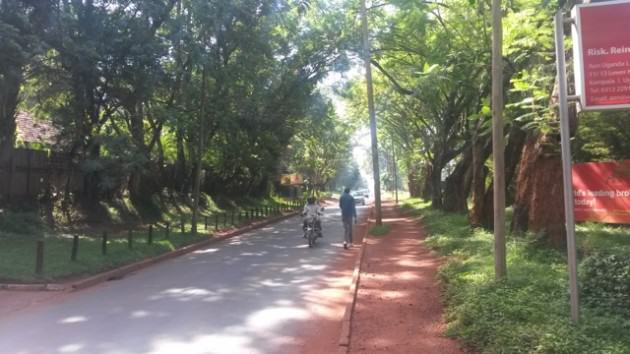
The resurgence of natural landscapes in cities
The need for biodiversity enhancement in cities notwithstanding, social systems akin to mid-19th century planning for ‘country homes’ or summer gardens have now started to penetrate new urban developments in Africa. Though this is not entirely new, the dimension this process is taking differs from the ‘garden city’ concept to include natural areas with multiple uses. It is also arguable to attribute this resurgence to urban planning or response to dynamic urban dwellers changing lifestyles. But the key feature of the resurgence is what in this article is referred to as a weave of nature and built up form.
In Nairobi, for example, the Karura Forest is contained by predominantly built up areas but has rich biodiversity of tree species, several fauna species of monkeys and is partly used for leisure and recreation. Although it may have been conserved through efforts of a single environmentalist with support of the Green Belt Movement that she founded, the forest stands as an example of new forms of urban development that can have ecosystem service enhancement and co-benefits. In respect to co-benefits, one cannot miss the high-class luxurious hotels close to the park that take advantage of the rich biodiversity for nature walks as well as leisure sports.
In Ibadan, the extended forest and botanical gardens of University of Ibadan are home to a range of flora and fauna species yet the University is surrounded by dense residential and mixed-use developments. Also in Ibadan, the army cantonment is characterized by extensive patches of green areas, some of which are used for agriculture, while a large part still has natural habitat. Accomplished deliberately or inadvertently, the processes behind the conservation of these natural areas in these cities have weaved nature with built up form. This illustration is important for developing cities as well future cities.
The motivation for weaving also lies in the fact that many of these cities including Nairobi, Addis Ababa, Dar es Salaam, Kampala and Ibadan sit on or are surrounded by highly productive land. In some cities the rsurgence has also been associated with the need for enhancement of ecosystem services that may include conservation of water towers, as the case of Nairobi Ngong region, or conservation of wetlands as the case of Kampala for treatment of sewage and flood attenuation. Directly the conservation does not only weave nature with built up form but it also conserves biodiversity. In newly developing urban areas within city regions, there is increasing conservation of natural areas some of which are designed with corridors that allow fauna to periodically migrate (Fields, 2009; Mapes and Wolch, 2011).
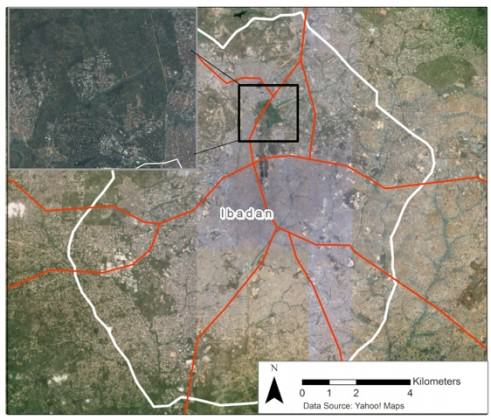
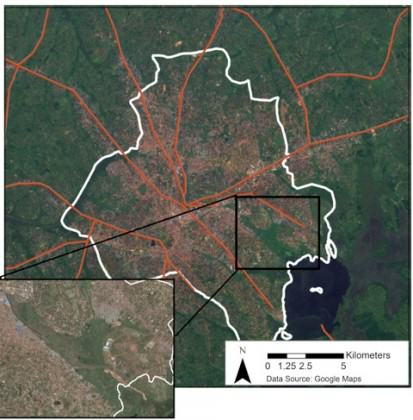
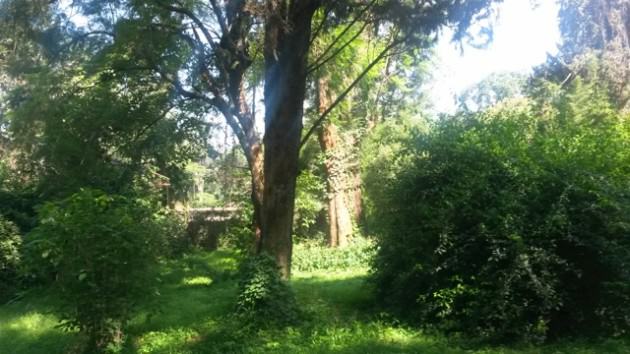
Navigating a dynamic urban landscape
Changing or controlling urban lifestyles, livelihoods, value systems and densities in cities will be some of the key limiting factors for weaving nature with built up form. These factors are behavioral in nature and although urban planning has long been used to influence behavior, such an undertaking is a challenge. The reconceptualization of urban densities, historically linked to social class segregation is even a more challenging issue given the recent call for compact cities, mixed uses and green belt urban models for sustainable cities (Bulkeley and Betsill, 2005; Jenks et al., 2000). However there is a promise in rethinking densities and spatial configuration. Densities play a significant role and can enhance strategies for promotion of biodiversity. High densities have been characterized by continuous built up form for efficiency but adequate attention is yet to be given to mixed density buildings and patchy developments that reduce on the contiguity of extended built up form. This would require the valuation of ecosystem services for biodiversity conservation through natural patches mixed with built up form. If this strategy is implemented, it will have costs associated with transportation and services infrastructure whose agglomeration efficiency can be reduced since the strategy of mixed densities can increased distances and area of coverage of such infrastructure. The role of valuation of biodiversity and nature areas is critical in changing urban densities.
Urban lifestyles differ by social class but the threads of such lifestyles involve circulation, mobility and leisure (Kenworthy, 2006; Næss, 2012; Newman and Kenworthy, 1996; UN-Habitat, 2012). This influences what modes of transport are used and choices regarding residential location. Thus number of trips, vehicle miles traveled and costs associated with mobility between work and home can be planned for minimization. On the other hand transportation systems and corridors have been used to influence the behavior associated with mobility. The systems of lifestyles and land use configuration have inherent resource consumption patterns. When integrated with changes in densities and strategies that increase green patchiness, the costs associated with this lifestyle may increase. Valuation of the ecosystem services related to mixed natural and built up form will be critical in enhancing biodiversity. There are some examples of urban areas that are using Transit-Oriented Development and mixed densities resulting into promotion of biodiversity (Busck et al., 2006). In respect to sewage treatment infrastructure, new models of service provision include decentralized systems, which rely on local ecosystem services as compared to centralized systems. This implies that for urban planning to play a role in biodiversity conservation, the valuation will have to be integrated in the planning process. For example in Kampala, decentralization of sewage treatment installations has taken into consideration the conservation of wetlands spread across the city. Such valuation will also require understanding tradeoffs between biodiversity and social economic benefits. Understanding and implementing tradeoffs can play a role on influencing the change in urban lifestyles and value systems for urban nature.
Community-scale interventions that need to go into planning and design are critical to realize the proper mix of built up form and nature. Several studies across cities in Africa have shown that at micro-scale, individuals are willing and can invest in keeping green patches on their plots (Adekola and Mitchell, 2011). This can be for ornamental, leisure, herbal medicinal or even livelihood purposes. In all these instances, biodiversity can have a place on core urban areas and along the urban-rural gradient. In the Kampala city region, community intervention has contributed to the conservation of a relatively small patch of forestry at Zikka with natural forest cover much to the dislike of the often aggressive actors in the urban land market. Valuation in this case for the ecosystem differs from valuation from the land market perspective. Planning in this case needs to embrace urban ecological approach and building on the existing good practices of community-level initiatives is critical for a proper mix of built up form and nature in cities. In Kigali, Rwanda the enforcement of environmental sustainability in the city through protection of wetlands has maintained the wetland lining with enhanced biodiversity. While in Ibadan the Bodija residential area is characterized by green patches. The motivation for the enforcement is the protection of ecosystem service of water provision that has had add-ons of biodiversity conservation in the cities. This is coupled with a deliberate beautification of the hills in these cities that can be a good practice which is adaptable and scalable in other cities.
Conclusion
The character of city growth in Africa will continue to fragment urban nature due to the shear numbers of people that will be living in cities. Densities will increase and continuous urban form extend into city-regions degrading ecosystems in immediate hinterlands. It is also now increasingly recognized that cities are rich in biodiversity although the ecosystems are under threat from expansion of built up form. Cities are now seen as potential areas for conservation of biodiversity. Weaving nature with built up form as cities grow and expand in this century will require reconfiguration of built up form, valuation of ecosystem services and conservation of the existing natural resources on which cities sit.
This article does not delve into the details of urban biodiversity but gives an overview of approaches to appropriate mix of uses. This is context specific since cities have different landscape ecologies. With other ecological systems in rural environments under threat due to both expanding cities and competition with food, biofuels production, cities can play a role in conservation as illustrated by the several cases presented in this article. The concerted effort by conservationists, planners and advocates has to be appreciated. Valuation of the ecosystem services, mainstreaming into planning and support and scaling up community-level conservation practices are critical in weaving nature into built up form.
With possibly many cities in Africa yet to be built, it is important that the next generation of urban development practitioners take into account the importance of a nature-built up form mix.
Shuaib Lwasa
Kampala
References
Adekola, O., Mitchell, G., 2011. The Niger Delta wetlands: threats to ecosystem services, their importance to dependent communities and possible management measures. International Journal of Biodiversity Science, Ecosystem Services & Management 7, 50–68.
Adelekan, I.O., 2012. Vulnerability to wind hazards in the traditional city of Ibadan, Nigeria. Environment and Urbanization 24, 597–617. doi:10.1177/0956247812454247
Bulkeley, H., Betsill, M., 2005. Rethinking Sustainable Cities: Multilevel Governance and the “Urban” Politics of Climate Change. Environmental Politics 14, 42–63. doi:10.1080/0964401042000310178
Busck, A.G., Kristensen, S.P., Præstholm, S., Reenberg, A., Primdahl, J., 2006. Land system changes in the context of urbanisation: Examples from the peri-urban area of Greater Copenhagen. Geografisk Tidsskrift 106, 21–34.
Fields, B., 2009. From Green Dots to Greenways: Planning in the Age of Climate Change in Post-Katrina New Orleans. Journal of Urban Design 14, 325–344.
Ghosh, S., Head, L., 2009. Retrofitting the Suburban Garden: morphologies and some elements of sustainability potential of two Australian residential suburbs compared. Australian Geographer 40, 319–346. doi:10.1080/00049180903127754
Habitat, U., 2009. Planning sustainable cities—Global report on human settlements 2009. Earthscan, London.
Jenks, M., Jenks, M., Burgess, R., 2000. Compact cities: sustainable urban forms for developing countries. Taylor & Francis.
Kenworthy, J.R., 2006. The eco-city: ten key transport and planning dimensions for sustainable city development. Environment and Urbanization 18, 67–85. doi:10.1177/0956247806063947
Lwasa, S., 2014. Managing African urbanization in the context of environmental change. INTERdisciplina 2, 263–280.
Lwasa, S., Mugagga, F., Wahab, B., Simon, D., Connors, J., Griffith, C., 2013. Urban and peri-urban agriculture and forestry: transcending poverty alleviation to climate change mitigation and adaptation. Urban Climate. doi:10.1016/j.uclim.2013.10.007
Mapes, J., Wolch, J., 2011. “Living Green”: The Promise and Pitfalls of New Sustainable Communities. Journal of Urban Design 16, 105–126.
MCHG, M., 2011. Making the Edible Landscape | Minimum Cost Housing Group – McGill University [WWW Document]. URL http://www.mcgill.ca/mchg/pastproject/edible-landscape
Miraftab, F., 2009. Insurgent Planning: Situating Radical Planning in the Global South. Planning Theory 8, 32 –50.
Mukwaya, P., Sengendo, H., Lwasa, S., 2010. Urban Development Transitions and Their Implications for Poverty Reduction and Policy Planning in Uganda. Urban Forum 21, 267–281. doi:10.1007/s12132-010-9090-9
Næss, P., 2012. Urban form and travel behavior: Experience from a Nordic context. Journal of Transport and Land Use 5, 21–45. doi:10.5198/jtlu.v5i2.314
Newman, P.W., Kenworthy, J.R., 1996. The land use–transport connection: An overview. Land Use Policy 13, 1–22. doi:10.1016/0264-8377(95)00027-5
Owens, G.R., 2010. Post-colonial migration: virtual culture, urban farming and new peri-urban growth in Dar es Salaam, Tanzania, 1975–2000. Africa (Edinburgh University Press) 80, 249–274.
UN-Habitat, 2012. Urban Patterns for a Green Economy: Leveraging Density, Urban Patterns for a Green Economy. UN-Habitat, Nairobi.
Vermeiren, K., Van Rompaey, A., Loopmans, M., Serwajja, E., Mukwaya, P., 2012. Urban growth of Kampala, Uganda: Pattern analysis and scenario development. Landscape and Urban Planning 106, 199–206. doi:10.1016/j.landurbplan.2012.03.006
Zhou, S.Y., Chen, H., Li, S.C., 2010. Resources use and greenhouse gas emissions in urban economy: Ecological input–output modeling for Beijing 2002. Communications in Nonlinear Science and Numerical Simulation 15, 3201–3231. doi:10.1016/j.cnsns.2009.11.026


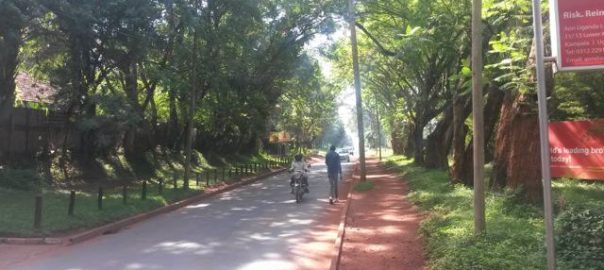
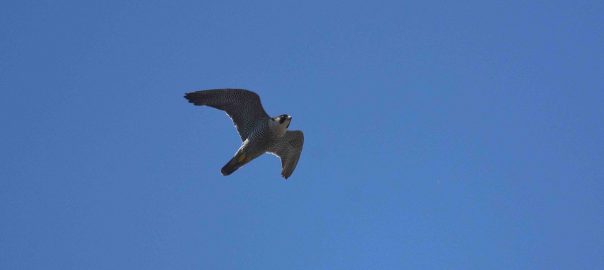
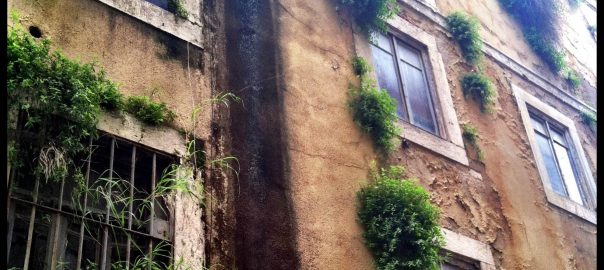
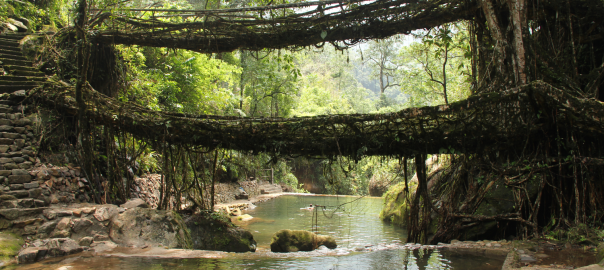
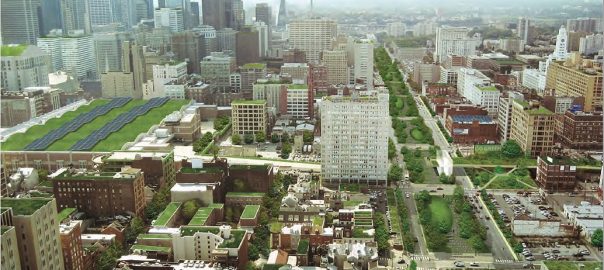
Leave a Reply